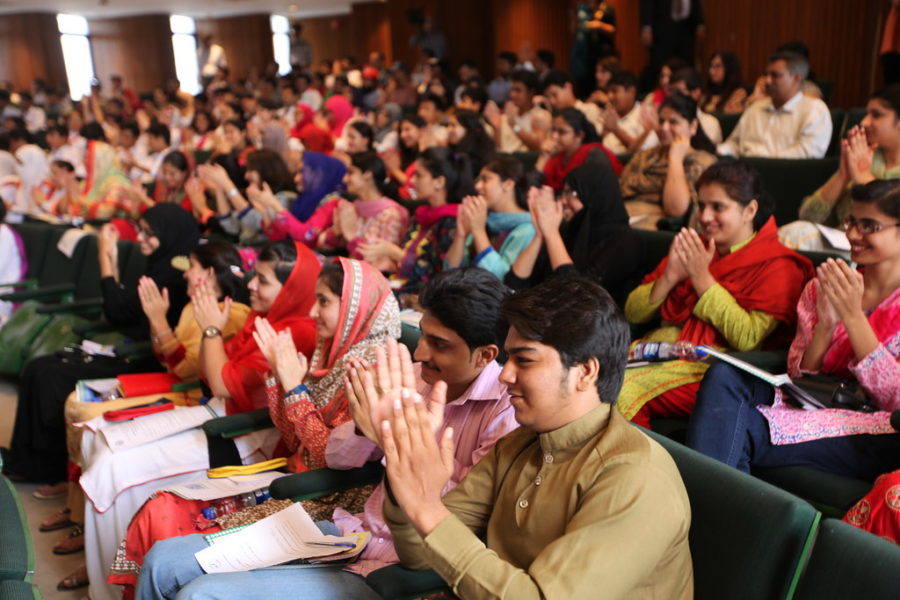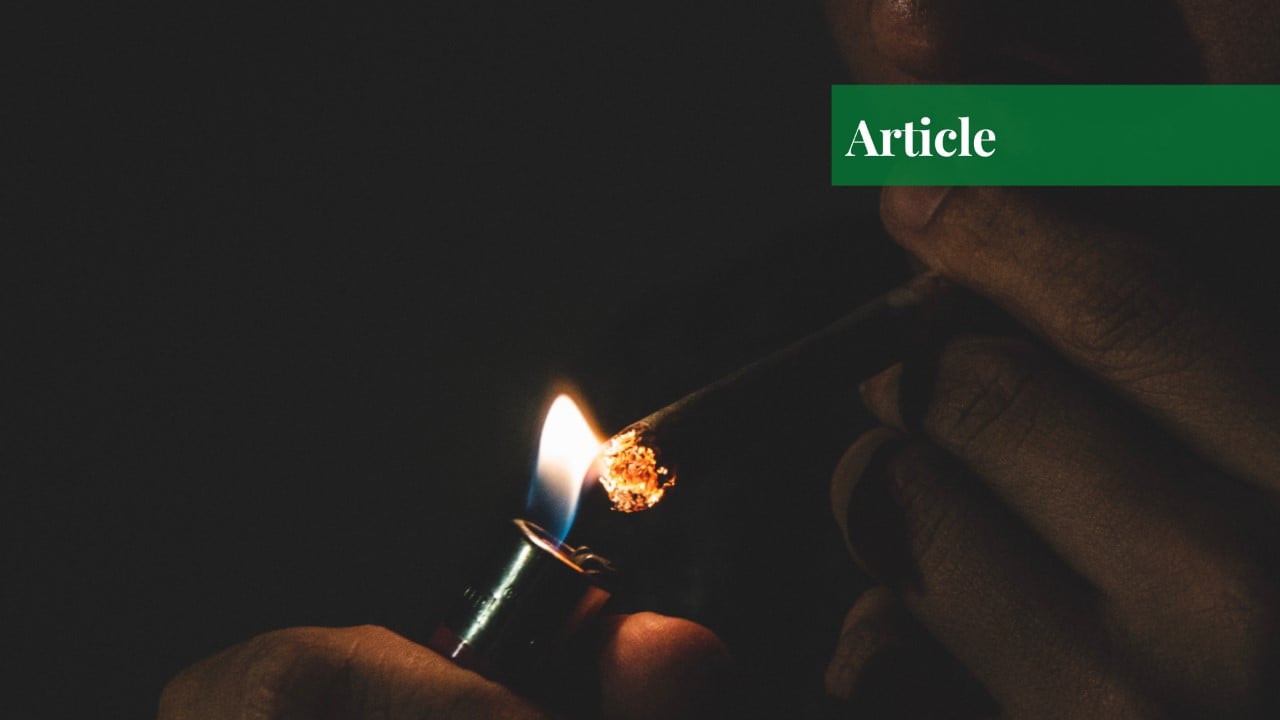Ms. Palwasha Khan is a student of International Relations at the National Defence University Islamabad.
Pakistan’s Drug Conundrum
The lack of a unified strategy to combat drug issues has resulted in accelerating drug trafficking and proliferation in society, which has been exacerbated by the lacking treatment centers and data on drug addiction. In addition to this, trafficking of Afghan narcotics into Pakistan poses significant hurdles to Pakistan’s law enforcement and the healthcare system.
With the recent withdrawal of US troops and NATO forces from Afghanistan and the takeover of the Taliban, the smuggling of narcotics into Pakistan has further increased. In Pakistan, the prevalence of drug abuse is increasing at an alarming rate. However, risk factors, which are increasing vulnerability toward addiction, remain largely elusive.
The most used drugs are heroin and marijuana, with cannabinoids becoming more popular. Other drugs include opium, amphetamine, methamphetamine, cocaine, and misused prescription drugs. According to the United Nations Office on Drugs and Crime’s (UNODC) research, almost 800,000 Pakistanis between the ages of 15 and 64 use heroin daily.
Drug Trafficking
Most of the drugs are imported or smuggled from Afghanistan, which is estimated to be responsible for at least 75% of the world’s heroin supply. Pakistan confiscated a total of 2860 metric tons of various types of illicit substances in 2016 and 2017. There has been significant growth in the usage of synthetic drugs, particularly crystal meth or ice.
Initially, crystal meth was mostly consumed by urban youth, but its usage is now widespread. Despite attempts by law enforcement agencies to target trafficking routes, a lack of manpower, resources and funding render such efforts largely ineffective. Law enforcement officers are frequently reported intercepting drug shipments and detaining traffickers, but it is unknown how many traffickers have been penalized.
Inadequate Rehabilitation Services
It is reported that Khyber Pakhtunkhwa (KPK) and Sindh have the highest numbers of drug users; 11% and 6.5%, respectively. There are two special courts in Sindh for the control of narcotic drugs, but they are highly overcrowded, with over 9,000 cases pending, while KPK has not established a special court yet.
In 2018, the media reported that about 300 drug users could receive limited treatment facilities at one time throughout the country. Due to the absence of therapy and rehabilitation services, drugs abusers are served by public sector hospitals for detoxification only. To our surprise, the Anti-Narcotics Force has established addiction treatment and rehabilitation centers in three cities only, namely Islamabad, Karachi, and Quetta; they can only serve 150 drug addicts.
Pakistan’s International Commitments
Pakistan is a signatory to several multilateral treaties relating to drug trafficking and corruption; efforts are being made to enhance the effectiveness of these treaties at the national level. Most importantly, UNODC has been tirelessly working with the Government of Pakistan and civil society to combat the prevailing issue.
The criminal justice system is one of the highlights of Pakistan’s UNODC partnership. Ineffective police methods, a lack of efficient crime prevention programs, and evidence collection problems are the main flaws of Pakistan’s criminal justice system. Criminal proceedings take ample time and effort.
Recognizing these issues, the Pakistani government is working with the UNODC to improve the existing criminal justice system. Currently, Pakistan is a signatory to three UN drug control treaties. In 1999, it ratified the Single Convention on Narcotic Drugs of 1961 advocating for the restriction of poppy cultivation to safeguard public health and welfare while also minimizing diversion into illegal trade.
Moreover, it ratified the Convention on Psychotropic Substances of 1971 that is based on the international control system for psychotropic substances. The convention was devised as a response to the diversification and extension of the drug misuse spectrum by imposing limits on a number of synthetic substances based on their abuse potential as well as their therapeutic usefulness.
Furthermore, the 1988 Convention against Illicit Traffic in Narcotic Drugs and Psychotropic Substances outlines extensive anti-drug-trafficking measures, including a prohibition on money laundering and the diversion of precursor chemicals. It calls for international collaboration in areas such as the extradition of drug traffickers, regulated delivery, and the transfer of procedures.
Pakistan’s Drug Laws
At the national level, few legislative processes were initiated to control and eventually eradicate poppy cultivation in accordance with the Opium Act of 1857, which was introduced to regulate the cultivation of the poppy and manufacturing of opium. At the time of independence, Pakistan enacted the laws of the Dangerous Drugs Act, 1930 which was formulated to combat illegal drug trafficking and consumption. In 1997, the Control of Narcotic Substances Act made it illegal to cultivate or possess narcotic plants or substances.
The Anti Narcotics Policy 2019
The Anti-Narcotics Policy 2019 was devised to address the prevailing issue of drug abuse in Pakistan and changes in the global narcotics environment that have emerged since the 1993 narcotics policy. The Narcotics Policy of 1993 essentially established a number of agencies and drug enforcement mechanisms. Ironically, there was no efficient mechanism in place to keep a check over the activities.
The Ministry of Narcotics Control oversees the formulation and coordination of Pakistan’s Anti-Narcotics Policy. To address the underlying causes of drug abuse, the government and society must create a socioeconomic environment and values that limit the space for drug abuse. The last survey was conducted in 2012 with results showing that over 6 million people were involved with drugs in the country.
Unfortunately, it’s been eight years since the last survey and the government does not have the latest data on drug abusers. With millions of people abusing drugs and, given the incompetence of law enforcement authorities, it is evident that effective measures must be adopted to curb the trafficking of substances.
Policy Recommendations
A comprehensive plan is needed and hence the involvement of the government, law enforcement, human rights activists and the media is indispensable. The key flaws of the system are the regular transfer of officials and experts who undertake initiatives, resulting in a lack of commitment and consistency; political will in the context of drug demand reduction; financial resources; capacity building; civil society involvement; genuine and committed NGOs; and hospitals and treatment facilities.

The use and abuse of drugs at academic institutions, particularly colleges and universities, have been in the limelight since 2018. Reports surfaced when a survey was initiated concluding that 1 in 10 university students was addicted to some form of drugs. According to experts, the reasons given by students comprise social and family issues, peer pressure, anxiety and depression, educational stress, and easy availability of drugs.
Therefore, it is highly recommended that Pakistani authorities develop a comprehensive strategy to address the issue. The government must devise strict monitoring regulations, conduct public awareness campaigns and seminars, push for curriculum changes, and take effective steps to crackdown the suppliers and prevent students from having easy access to narcotics.
Moreover, students must be screened and tested on campuses from time to time and penalties must be introduced accordingly. This, in turn, would discourage them from consuming drugs; those struggling to withdraw can be referred to rehabilitation centers. According to studies, the relapse rate in Pakistan is around 90%. The major cause of such a high rate is the lack of family and community support for the addicts who have been treated.
To avoid relapse, it is critical to include NGOs in providing psychological assistance to addicts, their families, and the communities. A feasible solution to combat the issue would be to implement drug-abuse prevention programs throughout Pakistan. Moreover, the Anti-Narcotics Force must give instructions to police to conduct raids to disrupt and curb supply chains.
If you want to submit your articles and/or research papers, please check the Submissions page.
The views and opinions expressed in this article/paper are the author’s own and do not necessarily reflect the editorial position of Paradigm Shift.



















